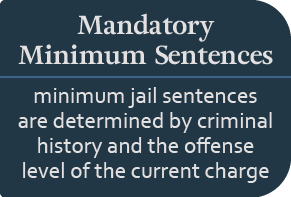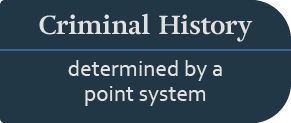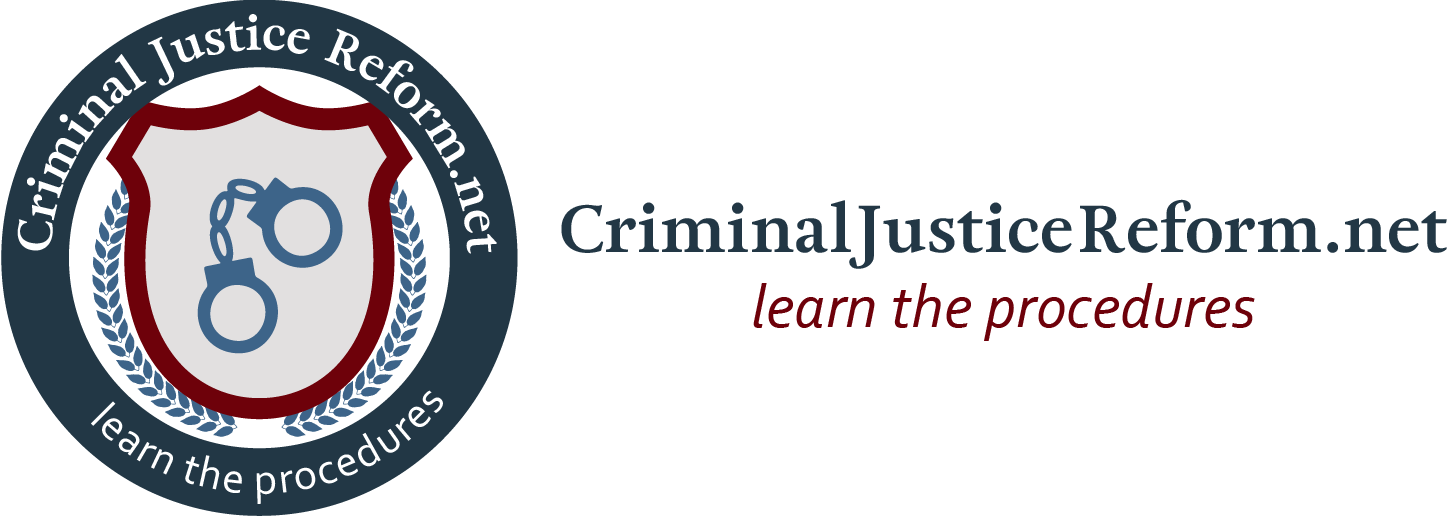What is Criminal Justice Reform?
If you watch the news or read the daily papers, you have probably heard politicians or political pundits talking about criminal justice reform. But what exactly are people talking about when they use these buzzwords?
In today’s political climate, criminal justice reform generally refers to the amendment of sentencing procedures, especially for non-violent offenses. The term is also frequently used in the context of America’s overcrowded prison population, which some say is a direct result of our country’s current sentencing system.
Mandatory minimum sentences
One of the most controversial aspects of the current judicial system is the practice of mandatory minimum sentencing. The U.S. Sentencing Guidelines—which were established in an effort to provide uniformity of sentences for similar crimes—set forth minimum sentences that are determined by “offense level” (the nature of the crime) and the defendant’s criminal history.
Critics argue that this system of mandatory minimum sentencing takes away judges’ ability to consider the unique circumstances of each individual case and make the punishment fit the crime. For example, depending on their criminal history (determined by a point system) and the offense level of the current charge, a low-level drug dealer or a drug addict may receive a minimum sentence of 20 years, 30 years, or even life imprisonment for the commission of a non-violent crime—most likely buying or selling drugs.


